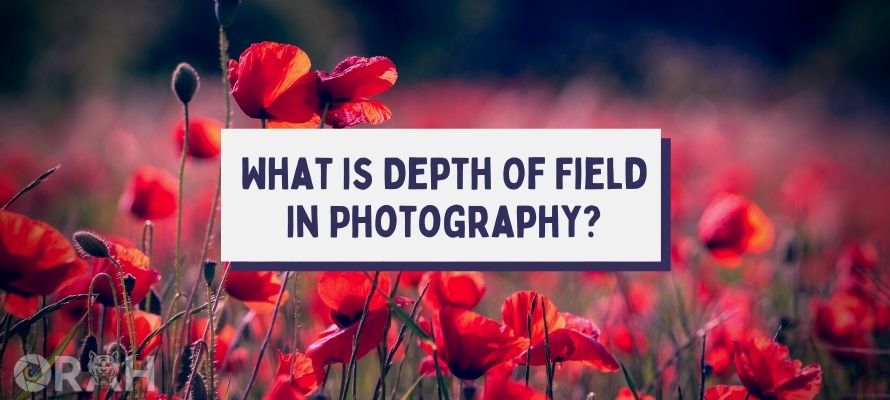
The thing about photography that I love so much is that there is so much to explore that most of the times, people just get lost in the mix as to what they should be looking at and what they should be ignoring.
You have various offerings, terminologies, and more. Take depth of field, for example; it is one of the most common but iconic terms that we use in photography.
However, a lot of the times, people barely even know what it means or how it works. That is why, to fix that, we are going to go into details and talk all about it so you can have an understanding of what it is you are dealing with.
What Is Depth Of Field In Photography?
Understanding depth of field in photography is not at all difficult. As a matter of fact, it is a lot easier than one might think, but still, for the wayward ones, we are going to make things even easier.
Depth of field refers to the distance that is between the nearest and farthest elements in a scene that appear to be “acceptably sharp” in an image.
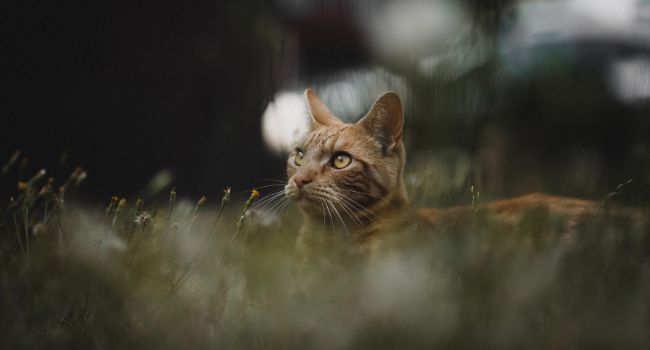
With that in mind, the distance between your camera and the first element that you can consider acceptably sharp is called depth of field near limit. Similarly, the distance between the camera and the farthest element that is considered to be acceptably sharp is called depth of field far limit.
However, it is important to know that the limits of depth of field are not set in stone between sharp and unshar since the defocus is produced gradually.
Depth of field is also not equally distributed in the front and behind your focus point, which means that usually, the depth of field that you see at a distance is larger than the one that you see close to you.
This is perhaps the simplest way to describe depth of field so people can have a better understanding of how things work.
Why Is Depth Of Field Important?
Now that you know what depth of field is and how it works, the next thing that we want to do is look at just what makes this phenomenon so important in the first place.
It should not come as a surprise that this has managed to come up in a conversation time and again, so it is better to understand it than just avoid it.
For those wondering, depth of field is important because it can easily go ahead and make your photography stand out the most.
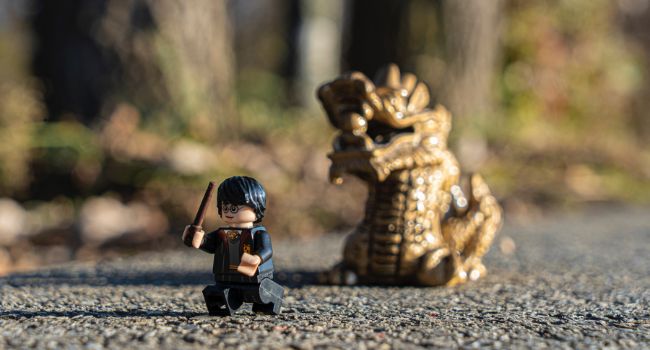
A deep depth of field easily manages to give you an image in which the near and far objects are both in good focus, whereas a shallow depth of field will only emphasize on a single subject, which normally is the subject that you want to have in focus the most.
Simply put, if you have been trying to find the answer to whether depth of field is something that you should be focusing on, simply put, it is a very important thing that you need to know about whenever you are taking pictures so you can get the best results with ease.
Deep vs Narrow Depth of Field
Another thing that comes up for discussion more often than not is the comparison of different depth of field types. I know it might sound strange or out of it, but there are a number of offerings that you need to look into.
For starters, the deep depth of field is something that has been around as long as photography, and it is very important to know what it really is. We are going to start by explaining what deep depth of field means, as that would help a lot more than you might know.
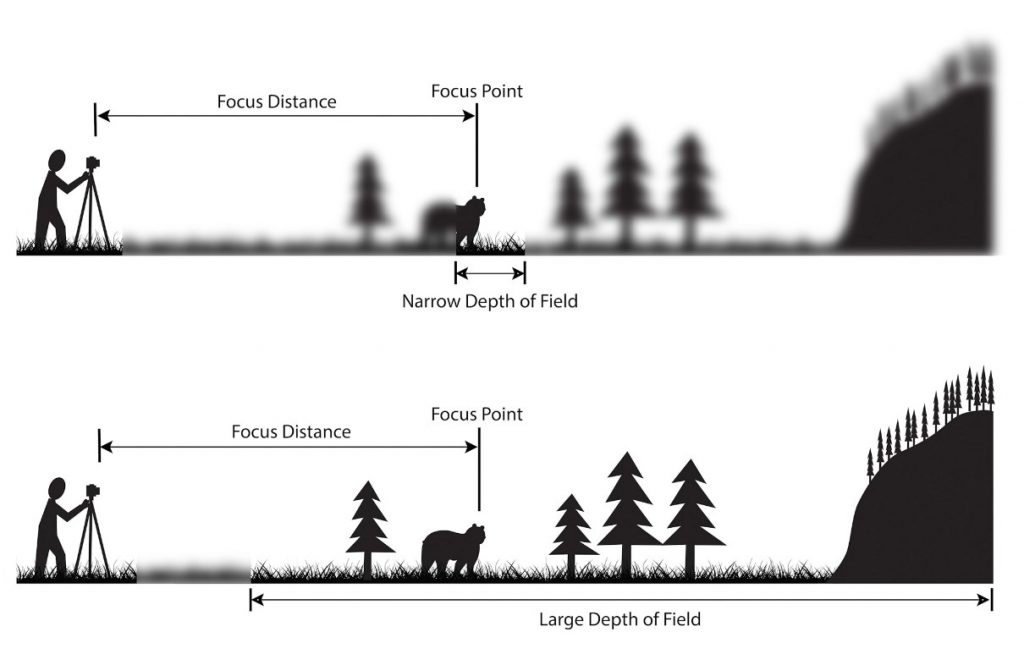
A deeper depth of field is something that manages to capture a larger area in focus, and it often keeps the entirety of the image sharp and clear; this is excellent for taking landscapes and by using a larger, wider aperture.
On the other hand, a shallow depth of field or a narrow depth of field focuses only on the subject, and everything else is either blurred or out of focus. This is something that portrait photographers love because they can easily go ahead and isolate a subject to their preference.
Needless to say, learning depth of field is very very important and knowing the differences is just as important and vital for your photography.
A Number Of Factors That Affect Depth Of Field
Now that we know the basics about depth of field, it is important to know the various factors that can affect depth of field and influence it, as well. So, let’s go ahead and have a look.
#1- Aperture And Depth of Field
I doubt it can come as a surprise but for those who are wondering, aperture plays a huge part in depth of field and how it is actually looked at.
For instance, a wider aperture is going to help you capture depth of field that will be a lot shallower with only the subject in focus. As it suggests, it actually looks really good in almost all the situations.
On the other hand, a narrower aperture is going to give you a much deeper depth of field in which everything will be focused.
So, yes, one could easily say that the aperture and depth of field are inversely proportional to each other, and there is nothing wrong with that either.
Related guide: What is a camera obscura and how does it work?
#2- Camera-Subject Distance
The next thing that is going to influence how your pictures turn out and how depth of field works is the camera-subject distance.
As I have already explained before, depth of field has a lot to do with the camera and subject distance, and in some cases, you can actually get the results that are not optimal for everyone. There is nothing wrong with that, you just have to be certain that you are doing it the right way.
I would always suggest you are keeping a track on the distance between the subject and the camera itself, it will only help you have a better understanding of the picture you are taking.
#3- Focal Length
The last thing that can easily influence the depth of field is focal length. For those wondering, the wider the lens is going to be, the shorter the focal length.
This, in turn, will let you capture a wider depth of field. The longer or more zoomed in the camera lens, the less depth of field you will be able to capture.
It might be complicated at first, but it becomes evident and easy to master in no time.
How Can You Achieve The Depth Of Field You Want?
Now that we are done talking about most of the aspects surrounding depth of field, the next thing that we are going to discuss is just how you can actually go ahead and achieve the depth of field you want. I do understand the complexities of it, but honestly, it is not at all difficult.
I would always tell you that managing depth of field is not going to be complicated, you just have to be certain that you are getting things right and doing it in a proper fashion.

You have to take your time and understand all aspects of it before you can go ahead and get the results that you desire.
Take your time with depth of field, and the more you are doing it, the better it is going to be, as well. It is very easy to get overwhelmed by all the details, but in general, things are never complicated, to be honest.
When To Use A Shallow Depth Of Field?
The next thing that I am going to talk about is the times that you should be using a shallow depth of field.
I do understand that for a lot of people, this is the best depth of field that most people are going to prefer, but you would be surprised to know that if you overlook it just a little bit, you will figure out that even the deeper depth of field is excellent.

Shallow depth of field is an excellent choice when you are taking portraits or whenever there is just a single subject.
Why?
Well, in situations where you have just a single subject to deal with, you can go ahead, use a shallower depth of field, and isolate the subject to your liking. It is simple, effective, and always works.
How To Use A Deep Depth-Of-Field?
Moving on to the deeper or wider depth of field, this can easily confuse most people, but truth be told, this is not something that is going to confuse anyone as much.
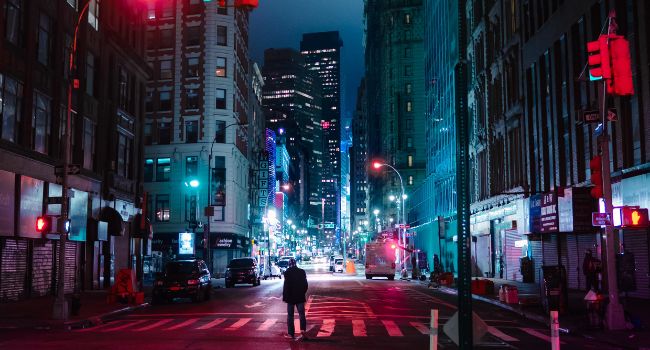
To put it simply, if you are looking for a deeper depth of field, all you need to do is be sure that you are using it when taking landscape photos or when you want more than one subject to be in the focus.
Considering how a deeper depth of field goes ahead and gets everything in focus, it is better that you are taking care of this in the best way possible.
Wrap-Up:
To put it simply, I do understand the confusion that might come when you are trying to figure out depth of field, but the thing is that if you are going to take some time, you will be able to realize that it is not at all difficult.
Sure, it does take time to perfect, but underneath all the complications, it is a fairly easy concept, and learning it is even easier.
Frequently Asked Questions (FAQs)
#Q1- What are the two types of depth of field?
Answer: There are two most common types of depth fields, like the shallow depth of field, which is excellent for portrait and subject isolation, and deep depth of field, which is great for landscape photography.
#Q2- Why is deep depth of field important?
Answer: A lot of people normally overlook the deep depth of field, thinking that it might not be as useful, but that is never the case as it is just as useful as shallow depth of field in taking pictures.
#Q3- How do you increase depth of field?
Answer: Increasing the depth of field is not often that difficult. You can do so by narrowing the aperture and therefore increasing the depth of field. You can also move further away from the subject or shorten the focal length of your lens.
#Q4- How do you find deep depth of field?
Answer: Finding the deep depth of field is not really difficult. You just have to be certain that the subjects that are the closest and the farthest are acceptably sharp and, therefore, getting the perfect deep depth of field.